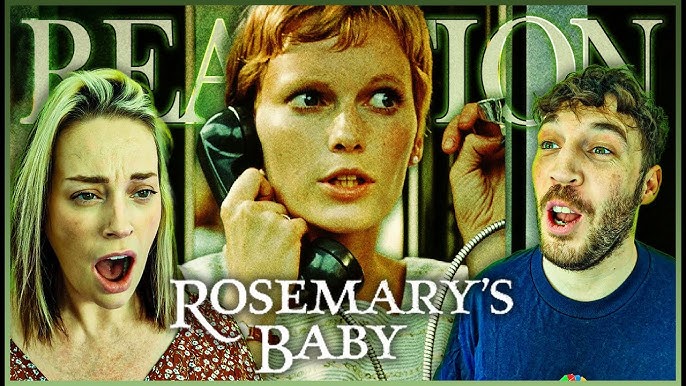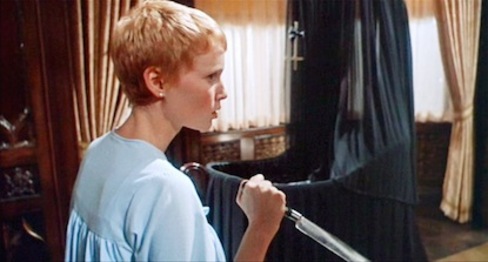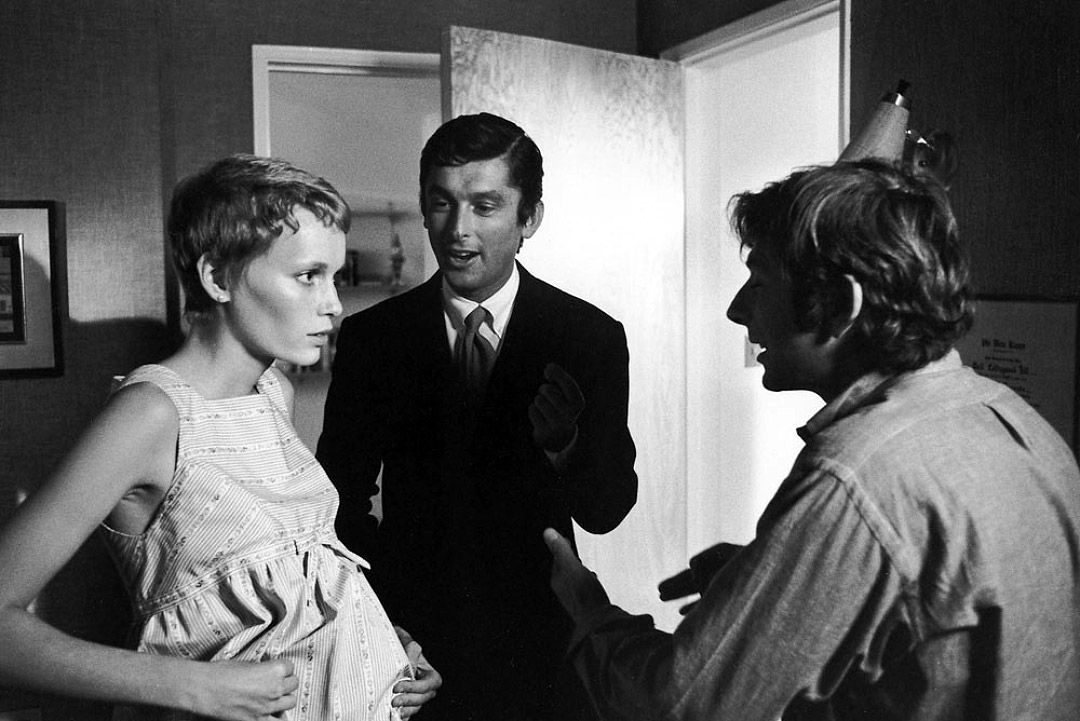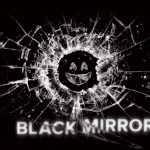Rosemary is Baby (1968)

Suggested videos for you: [Movie Review] Fast X (2023)
Suggested videos for you: [ Movie Review ] Legend of Retired Cop Against Drug Empire || The Last Stand.
Suggested videos for you: [ Movie Review ] Mysterious Fog Wipes Out All Life on the Cursed Island || The Fog
Suggested videos for you: [ Movie Review ] Resurrected Mummy: The Battle to Reclaim a Lover’s Soul
“Rosemary’s Baby” (1968), directed by Roman Polanski, is a landmark psychological horror film that has left a lasting impact on the genre. Adapted from Ira Levin’s 1967 novel, it tells the haunting story of a young woman who becomes increasingly paranoid about her pregnancy and the sinister motives of those around her. With its subtle blend of supernatural horror and psychological suspense, Rosemary’s Baby is as much a disturbing exploration of control and isolation as it is a tale of occult forces.
Plot Overview:
The film follows Rosemary Woodhouse (Mia Farrow) and her husband Guy (John Cassavetes), a struggling actor, as they move into the Bramford, an old Gothic apartment building in New York City with a dark history. Shortly after moving in, they meet their eccentric neighbors, Minnie and Roman Castevet (Ruth Gordon and Sidney Blackmer), who take an unusually keen interest in the couple.
When Rosemary becomes pregnant, strange occurrences begin to unfold. Her once-supportive husband grows more distant, she suffers from nightmarish visions, and she experiences unusual pain throughout her pregnancy. As her paranoia increases, Rosemary suspects that her neighbors—and perhaps even her husband—are involved in a satanic conspiracy to harm her unborn child. The film’s chilling climax reveals the horrifying truth: Rosemary has been used to give birth to the Antichrist.
What Works:
- Atmosphere and Tension: One of the most powerful aspects of Rosemary’s Baby is its ability to maintain an atmosphere of growing dread and paranoia without relying on graphic horror or jump scares. The horror builds slowly and subtly, creating a suffocating sense of claustrophobia as Rosemary becomes increasingly isolated and manipulated by those around her.
- Mia Farrow’s Performance: Mia Farrow delivers a standout performance as Rosemary, portraying her vulnerability, innocence, and growing fear with raw emotional intensity. As the audience watches her descent into despair and confusion, Farrow captures both the fragility and inner strength of the character, making her journey all the more harrowing.
- Psychological Horror: Polanski masterfully plays with themes of trust, manipulation, and gaslighting, making the viewer question what is real and what is a product of Rosemary’s growing paranoia. The film taps into deep fears of losing control over one’s body and autonomy, which are amplified by the societal pressures and patriarchal control Rosemary faces.
- Supporting Cast: Ruth Gordon’s portrayal of Minnie Castevet earned her an Academy Award for Best Supporting Actress. Her seemingly cheerful but unsettling presence adds to the film’s disorienting tone. John Cassavetes is equally effective as Guy, whose ambitions lead him down a path of betrayal.
- Thematic Depth: Beyond its surface-level horror, the film is rich with subtext. It explores themes of reproductive autonomy, patriarchal control, and the vulnerability of women in a world where their bodies and choices are often controlled by others. These themes, along with its commentary on blind ambition, give Rosemary’s Baby a timeless quality that resonates beyond its horror elements.

What Could Be Better:
- Pacing: Some viewers may find the slow pacing in the first half of the film to be a drawback, as the horror builds gradually and many of the early scenes focus on establishing the mundane aspects of Rosemary’s life. However, this pacing contributes to the gradual sense of unease that permeates the story.
- Minimal Supernatural Elements: For those expecting more overt supernatural or graphic horror moments, Rosemary’s Baby may seem restrained. Much of the horror is implied rather than shown, which may leave some viewers wanting more direct scares. However, this subtlety is also a strength for fans of psychological horror.

Conclusion:
Rosemary’s Baby is a masterpiece of psychological horror that continues to be a touchstone for the genre. Roman Polanski’s direction, coupled with Mia Farrow’s unforgettable performance, creates a film that is as much about control, paranoia, and isolation as it is about satanic rituals. Its ability to balance real-world fears with supernatural horror makes it one of the most effective horror films of all time. Although it unfolds at a deliberate pace, its unsettling atmosphere, thematic depth, and nerve-wracking tension make Rosemary’s Baby a haunting and unforgettable experience.
The film remains a classic for its ability to provoke existential dread and unease without relying on typical horror tropes, making it essential viewing for fans of psychological and supernatural thrillers alike.











